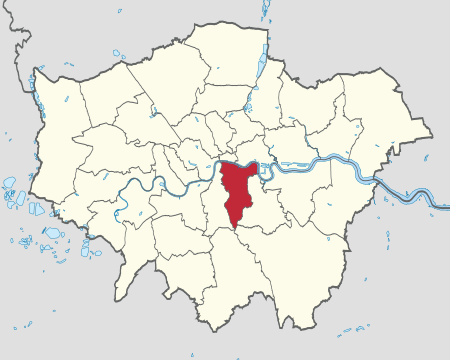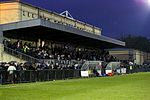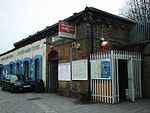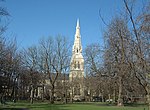London Borough of Southwark

The London Borough of Southwark ( (listen) SUDH-ərk) in south London forms part of Inner London and is connected by bridges across the River Thames to the City of London and London Borough of Tower Hamlets. It was created in 1965 when three smaller council areas amalgamated under the London Government Act 1963. All districts of the area are within the London postal district. It is governed by Southwark London Borough Council. The part of the South Bank within the borough is home to London Bridge terminus station and the attractions of The Shard, Tate Modern, Shakespeare's Globe and Borough Market that are the largest of the venues in Southwark to draw domestic and international tourism. Dulwich is home to the Dulwich Picture Gallery and the Imperial War Museum is in Elephant and Castle.
Excerpt from the Wikipedia article London Borough of Southwark (License: CC BY-SA 3.0, Authors, Images).London Borough of Southwark
Camberwell Grove, London Camberwell (London Borough of Southwark)
Geographical coordinates (GPS) Address Nearby Places Show on map
Geographical coordinates (GPS)
| Latitude | Longitude |
|---|---|
| N 51.466666666667 ° | E -0.083333333333333 ° |
Address
Camberwell Grove Early Years Centre
Camberwell Grove
SE5 8JU London, Camberwell (London Borough of Southwark)
England, United Kingdom
Open on Google Maps










